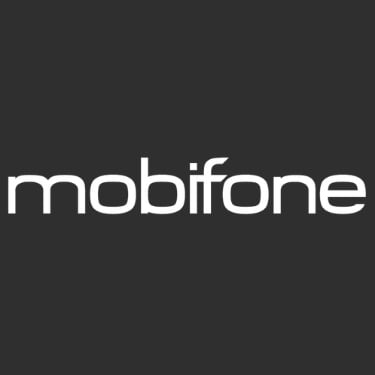Over the past two years, the Covid-19 pandemic has demonstrated the importance of high-speed broadband connectivity to societies and the related use cases. This collective awareness is putting pressure on telecom operators to tighten their standards for safer and more secure services, respectful of privacy. In this article, we aim to demystify the topic of cell phone tracking through geolocation, by providing concrete answers.
Does your mobile provider know where you are at all times?
Yes! Here is why: in order to make your phone ring in case of an incoming call, the network needs to know roughly where you are so as to make the surrounding cells/antenna/towers page your device. When an emergency arises and, you dial an emergency number, the dispatcher needs to know your location to assist you in a timely and effective manner. To provide voice and data services to the masses, cellular networks need to know the rough location of all phones that are switched on.
What does your cellular provider do with the data?
By definition, tapping into mobile networks generates activity and mobility data. It’s important to know that location data isn’t free from regulation. The rules on location data are very strict to respect users’ privacy and comply with the GDPR. In short, only a few service providers (telecommunications, relevant public authorities, emergency calls providers for example) are entitled to process location data. For commercial use, advertizers require your consent, and for statistical purposes, data is anonymous and aggregated. Location datasets can be used in a variety of contexts by mobile carriers, such as:
- study human mobility and build smarter cities
- locate and alert people at risk in case of an emergency
- help law enforcement investigate crime and terrorism
- build accurate profiles to craft relevant promotional campaigns, assuming you’ve given your consent
What happens when you allow location tracking on your smartphone?
To function, a mobile device communicates with other devices and hubs such as satellites, routers, and towers. There are other mechanisms inside a typical mobile device that can provide location information, including GNSS (Galileo, GPS...), RFID, Wi-Fi. Location-based services use your smartphone's GPS technology to track your location if you have opted in to allow it. These location data have three dimensions: personal, spatial, and temporal, indicating your location at a specific time. After you opt-in, the service can identify their location down to the street address without the need for manual data entry.
For most of us, there are practical reasons for location-based services, whether we need to locate the nearest ATM or find out where’s good to eat in our local vicinity, this technology has become a way of life. Thanks to GNSS technology, you are lost no more and can even get directions directly to where you are heading.
When service providers need to get messages delivered to you based on your location, they need mass-scale location-based software services. At Intersec, our mass scale location software helps companies stay ahead in a world that is fast becoming more connected and innovative. The most successful companies are those who are not afraid to be innovative leaders, and who opt for tried and tested solutions that answer specific needs while respecting data privacy.
 Mobile phone tracking: good or bad?" />
Mobile phone tracking: good or bad?" />

.jpg)









.webp)


.webp)




















